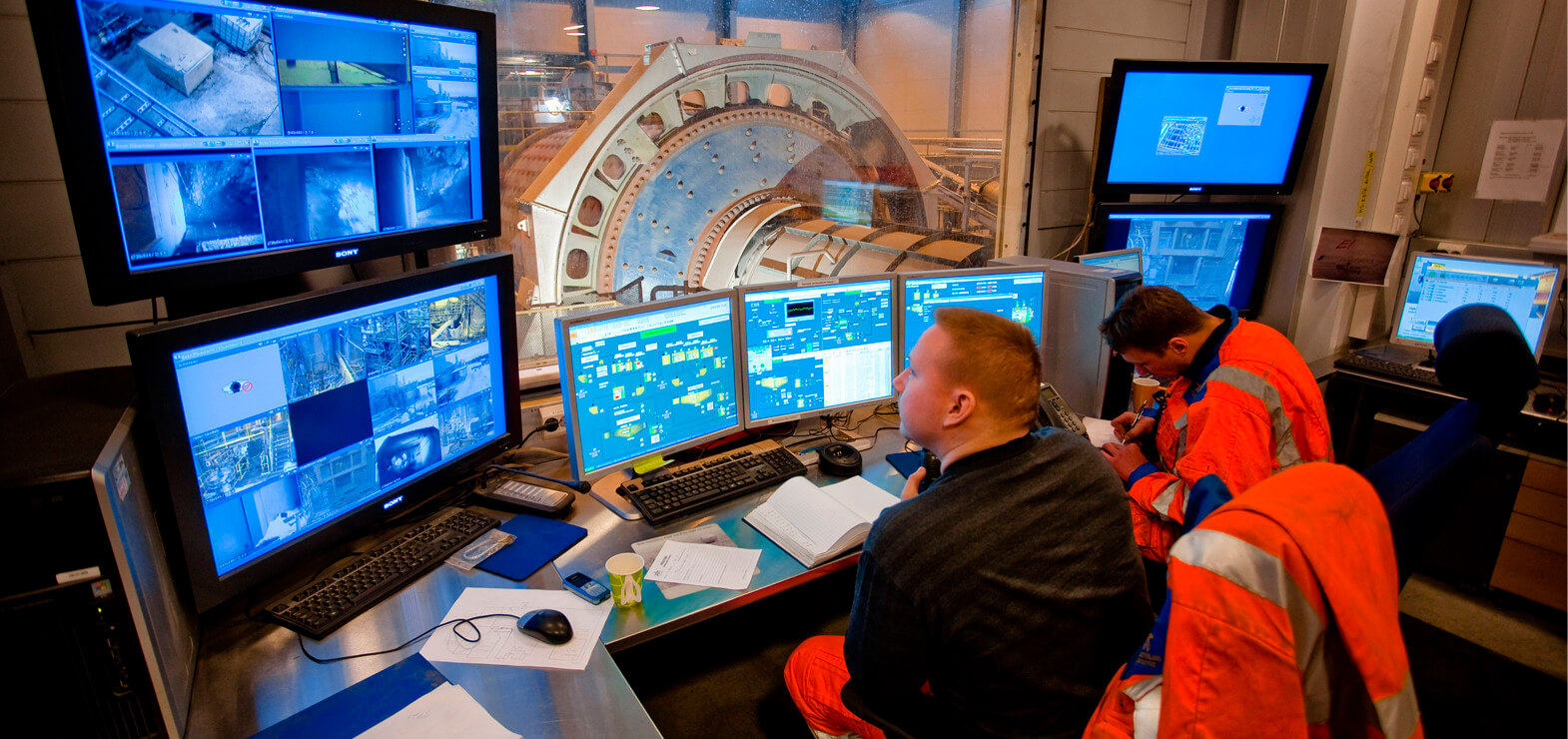
|
VARIABLE |
RANGE |
EFFECT ON PROCESS |
|
Crushing |
||
|
Jaw Crusher Close side setting |
3″ plus |
H – Material too large for cone crusher. |
|
N – 3″ |
||
|
L – Reduction in capacity. Excess power draw. |
||
|
Cone Crusher Close side setting |
3/8″ – 1″ |
H – Increased circulating load of screen and cone. |
|
N – 1/2″ |
||
|
L – Increased power consumption, decrease capacity. |
||
|
Dust Collector recirculating % solids |
7 – 10% |
H– Excessive nozzle and impeller wear. |
| N – 8% | ||
|
L – No effect. |
||
|
Grinding |
||
| Mill Feed Conveyor Speed (feed rate) | 0-33 mtph | H– May overload mill with increase in circulating load. |
| N – 22 mtph | ||
| L – Decrease in plant throughput. |
||
| Mill Percent solids | 50-70% | H-Increase in circulating load. Poor grinding efficiency. |
| N – 60% | ||
| L – Increase throughput but decreases grinding efficiency | ||
| Cyclone Feed Density | 45 – 60% | H– Coarse particles in cyclone overflow. |
| N – 52% solids. | ||
| L – Fine particles in cyclone overflow, less product. | ||
| Cyclone 0/F density | 25 – 35% | H– Coarse particle in cyclone overflow, potential to sand gravity line to thickener. |
| N – 30% | ||
| L – Fine particles in cyclone overflow. | ||
| Cyclone Apex opening | 2 “-4” | H – Decrease cyclone underflow density. |
| N – As required. | ||
| L – Increase cyclone underflow density and potential ‘roping’ condition. | ||
| Cyclone 0/F pH | 10-11 | H – Waste of lime. |
| N – 10.5 | ||
| L – Danger of HCN generation. | ||
| Cyclone U/F density | 60-75% | H – Coarse particles in cyclone overflow and increase in circulating load. |
| N – 69% | ||
| L – Fine particles in cyclone underflow, less product. | ||
| Thickening | ||
| Thickener Overflow clarity | 15-100 ppm | H – Increase load on clarifier |
| N – 50 ppm. | ||
| L – Good. | ||
| Thickener Underflow solids | 50-70% | H – Potential for sanding lines. |
| N – 60% | ||
| L – Excess pregnant solution in leach feed. | ||
| Thickener Flocculant addition | 25-100 gm/t | H – Waste of flocculant and underflow could become jelly-like. |
| N – 50 gm/tonne. | ||
| L – Solids increase in thickener overflow. | ||
| Leaching | ||
| Leaching Cyanide concentration | 5-9 kg/tonne | H – Waste of cyanide, may dissolve undesirable metals. |
| N – 7 kg/tonne | ||
| L – Incomplete precious metals dissolution. | ||
| Leaching Air addition | 2-3 kg/tonne | H – Wasting lime. |
| N – 2.55 kg/tonne | ||
| L – HCN generation, incomplete precious metals dissolution. | ||
| Leaching Pulp density | 40-50% | H – Excess power required to keep slurry in suspension, solids may scale. |
| N – 45% | ||
| L – Decrease in retention time, hence recovery. | ||
| Filtration | ||
| Filtration Filter feed pH | 11.5-12.5 | H – Waste of lime. |
| N – 12.0 | ||
| L – Poor filtration, slimly cake and reduced throughput. | ||
| Filtration Vacuum | 18-25″ Hg | H – Wasting energy. |
| N – 22″ Hg | ||
| L – Increase in cake moisture, poor pregnant solution recovery, slimly cake. | ||
| Filtration Flocculant addition | 50-100 gm/tonne | H – Waste of flocculant. |
| N – 75 gm/tonne | ||
| L – Blinding of filter cloth. | ||
| Flotation | ||
| Flotation Air | H – Will float waste (gange) material. | |
| N – 100/30 S C F M rougher/cleaner cells. | ||
| L – Poor froth generation and recovery. | ||
| Merrill-Crowe | ||
| Deaeration Vacuum | 18-25″ Hg | H – Waste of energy. |
| N – 22″ Hg | ||
| L – Poor removal of oxygen from solution, gold/silver will redissolve. | ||
